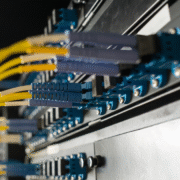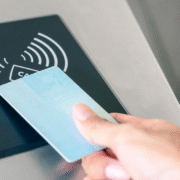Future-Proofing Your Business Network with Cat6a and Cat7 Cabling
When it comes to business networks, speed and reliability aren’t optional — they’re essential. The cables you install today will determine how well your business can adapt to tomorrow’s technology demands. That’s why many companies are choosing Cat6a and Cat7 cabling when upgrading their infrastructure.
In this post, we’ll explain what makes Cat6a and Cat7 different from older options, why they’re considered “future-proof,” and how to decide if they’re right for your next installation.
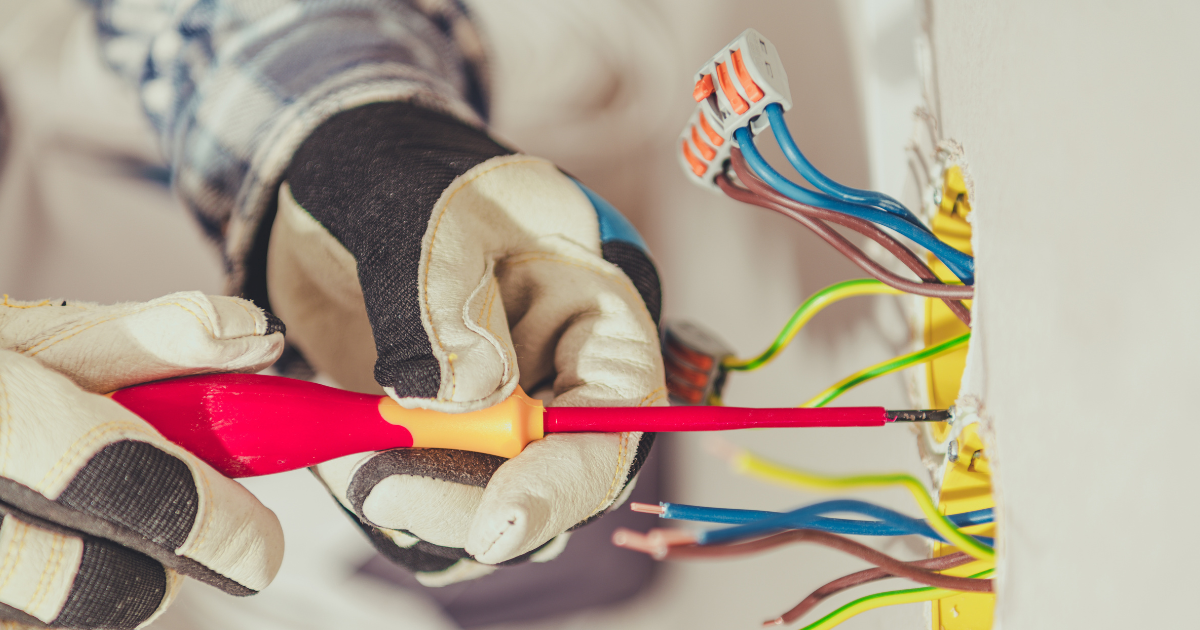
Why Future-Proofing Matters
Technology is moving quickly. From cloud computing and VoIP systems to video conferencing and IoT devices, your network is under more pressure than ever. Installing the latest cabling standard helps you avoid:
- Costly re-cabling in a few years
- Bottlenecks that slow down your entire system
- Compatibility issues with new hardware and applications
By planning ahead, you protect your investment and keep your business running smoothly.
What is Cat6a Cabling?
Cat6a (Category 6a) is an enhanced version of Cat6, designed to handle higher speeds and longer cable runs.
- Speed & bandwidth: Supports up to 10 Gbps at 100 metres
- Shielding: Better protection against crosstalk and interference
- Best for: Businesses with heavy data use, VoIP, and video streaming needs
For many SMEs, Cat6a offers the perfect balance of performance and affordability.
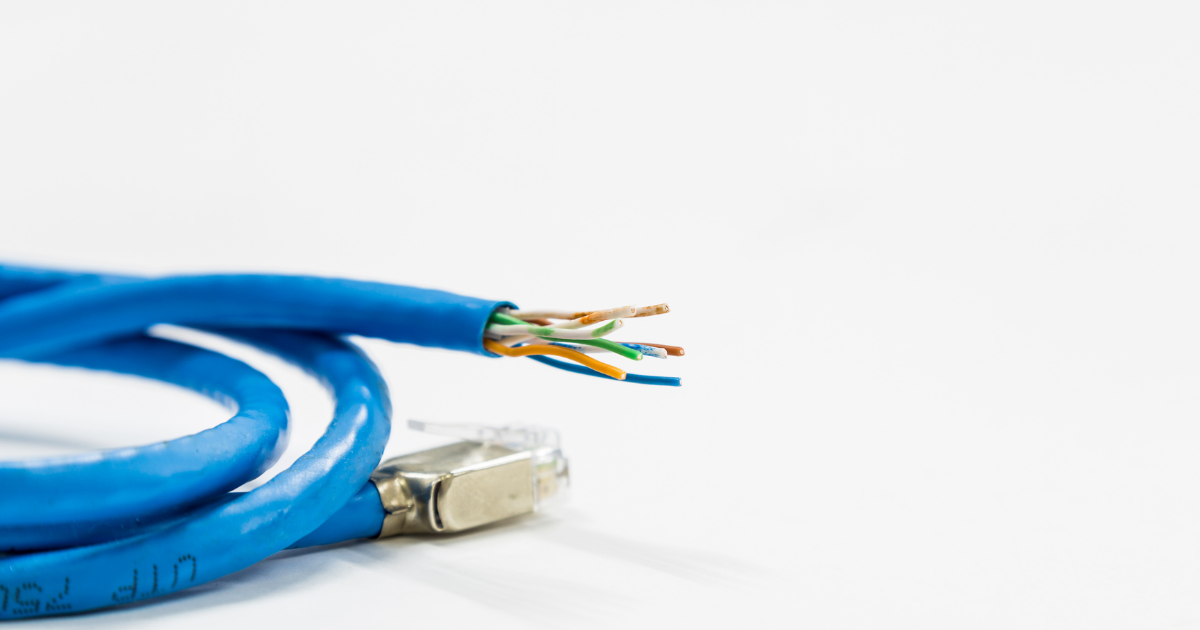
Cat6a cable close-up showing twisted pairs designed for 10Gbps speed.
What About Cat7 Cabling?
Cat7 pushes performance even further:
- Speed & bandwidth: Capable of up to 40 Gbps at shorter distances
- Shielding: Fully shielded twisted pair cables reduce interference to almost zero
- Best for: Data centres, financial services, and environments where downtime is not an option
Cat7 is more expensive and less commonly used in small offices, but it’s a strong option for companies looking at long-term growth.
Cat6a vs Cat7: Which Should You Choose?
The decision often comes down to your current needs and future plans:
- Small and medium businesses → Cat6a is usually sufficient, cost-effective, and widely supported.
- Large enterprises or high-demand environments → Cat7 provides ultra-high performance and the best possible protection.
A certified cabling installer can carry out a site survey and help you make the right call for your specific setup.
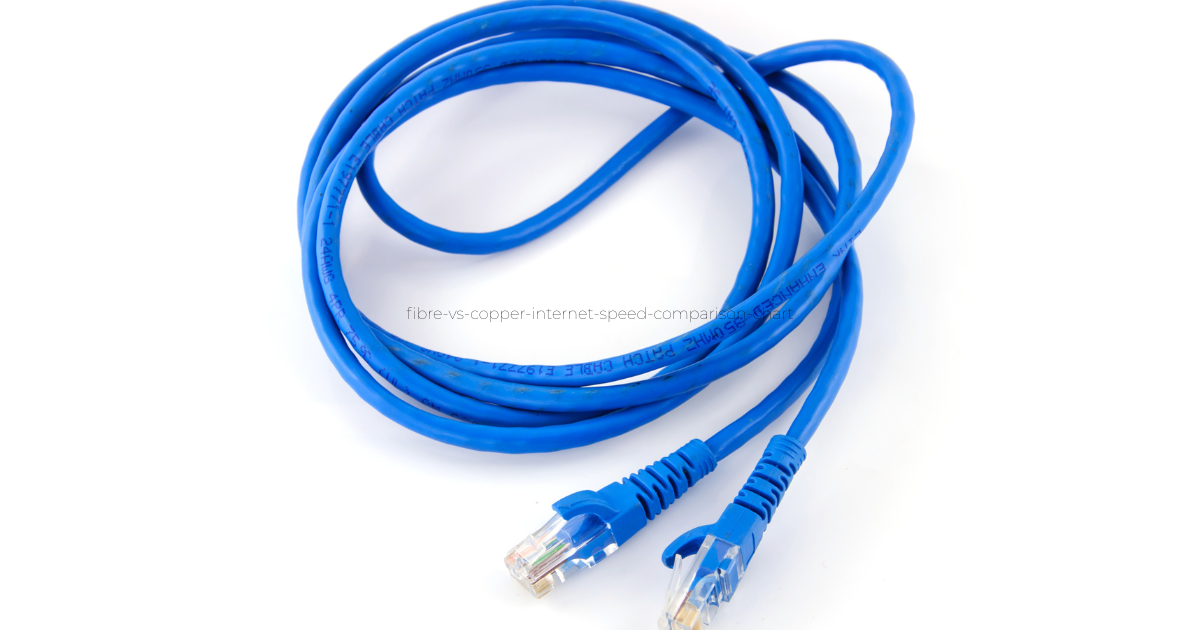
The Role of Professional Installation
Even the best cable won’t perform if it’s poorly installed. Certified installers will:
- Ensure correct cable pathways and terminations
- Test performance to international standards
- Provide documentation and certification for compliance
This guarantees your investment pays off for years to come.
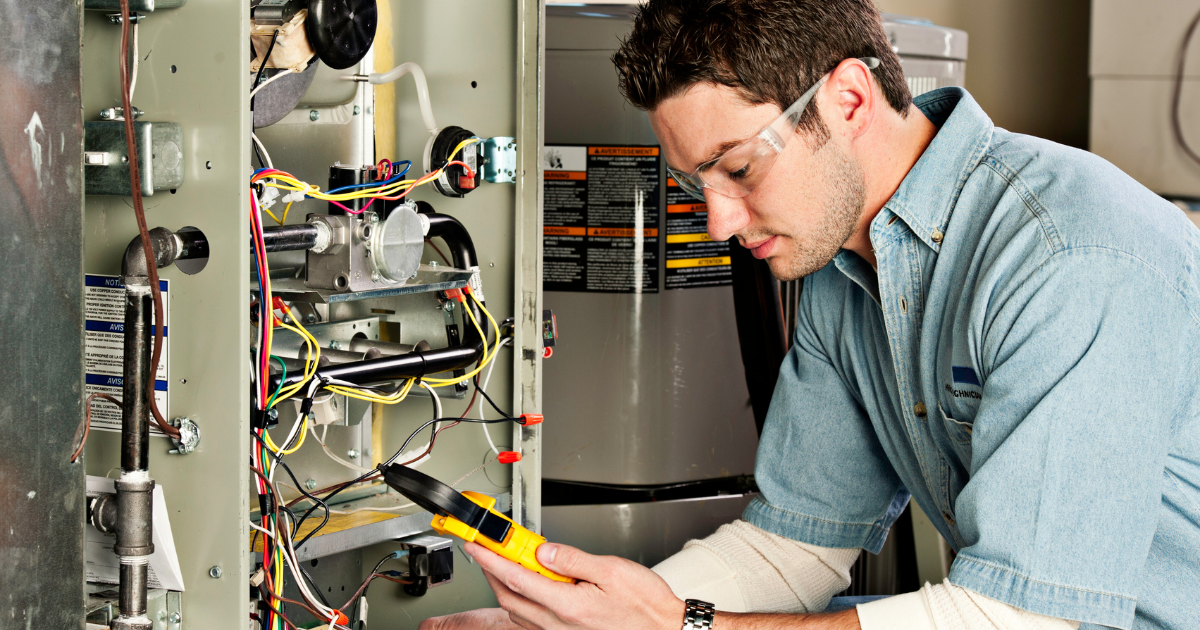
FAQs on Future Proofing with Cat6 and Cat7
Q1: What does “future-proofing” mean in network cabling?
Future-proofing means installing cabling that can handle higher speeds and bandwidth than you currently need, so your network can support new technologies without costly upgrades in the near future.
Q2: Is Cat6a cabling good enough for most businesses?
Yes. Cat6a supports 10Gbps up to 100 metres, which is more than enough for small to medium businesses running cloud services, VoIP, and video conferencing.
Q3: What is the main difference between Cat6a and Cat7 cabling?
Cat6a is affordable and widely used, while Cat7 offers higher speeds (up to 40Gbps at shorter distances) and better shielding against interference, making it ideal for data centres and mission-critical networks.
Q4: How long will Cat6a or Cat7 cabling last?
With proper installation, these cabling systems can last 10–15 years or more, easily outliving most of the active hardware you’ll connect to them.
Q5: Do I really need professional cabling installation?
Yes. Even top-grade Cat6a or Cat7 cable won’t perform to standard if poorly installed.
Conclusion
Choosing Cat6a or Cat7 isn’t just about speed — it’s about preparing your business for the future. With the right installation, you’ll have a network that can handle whatever technology comes next. Contact







